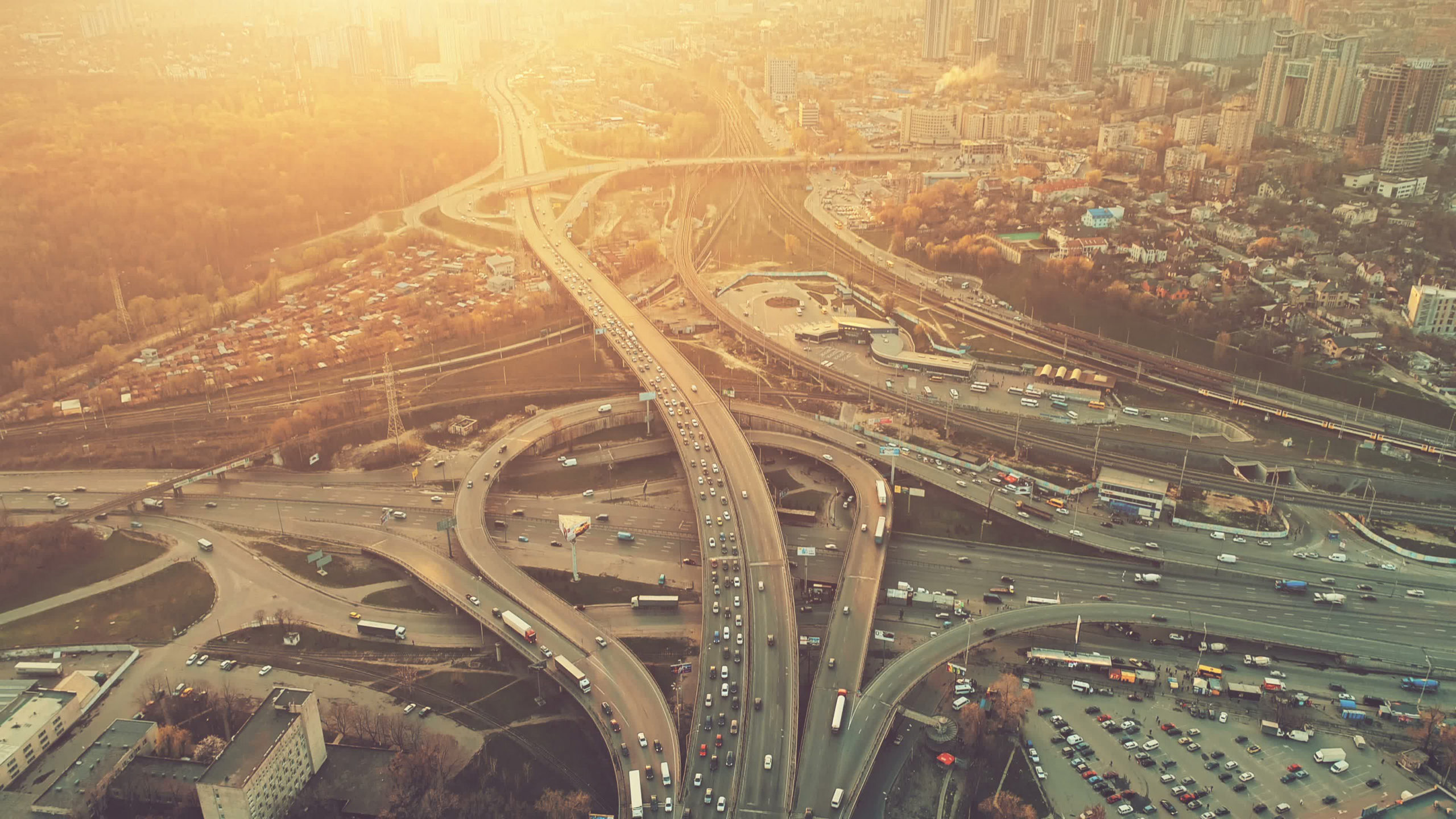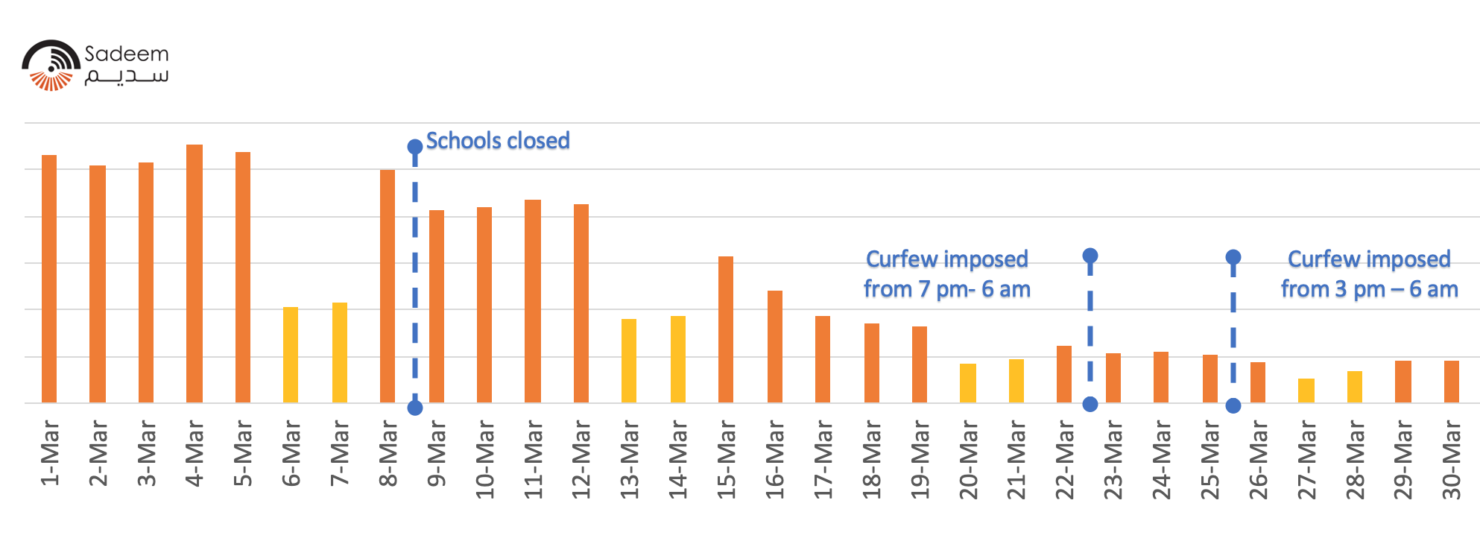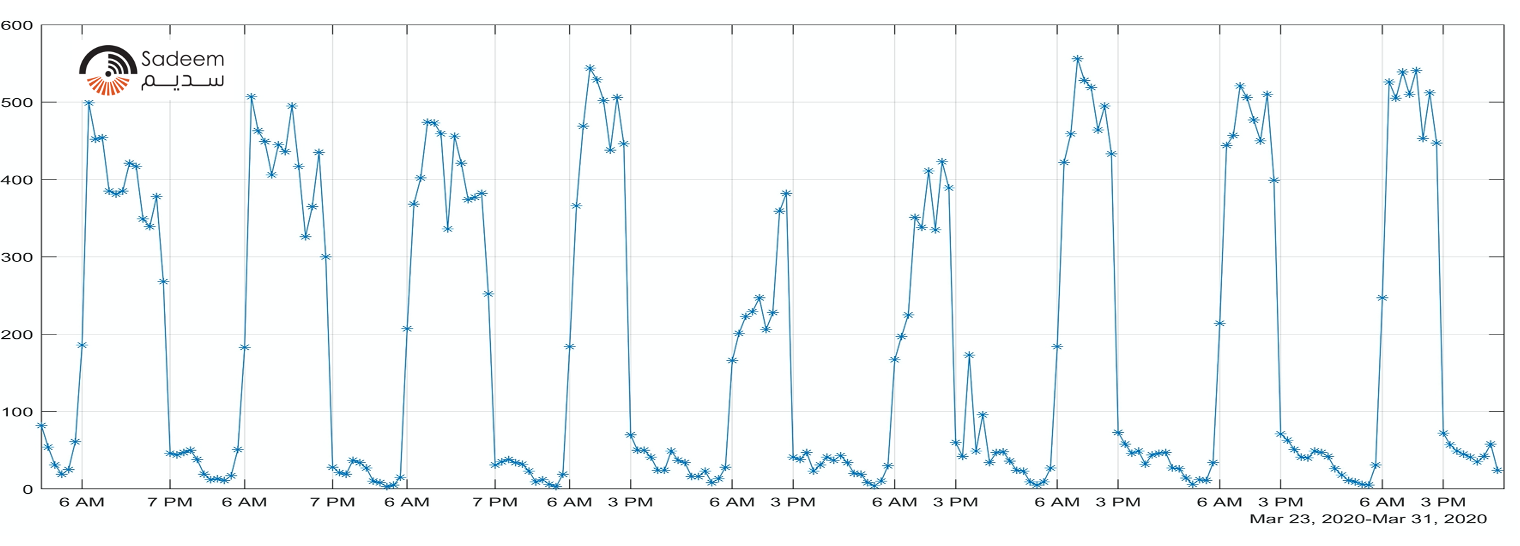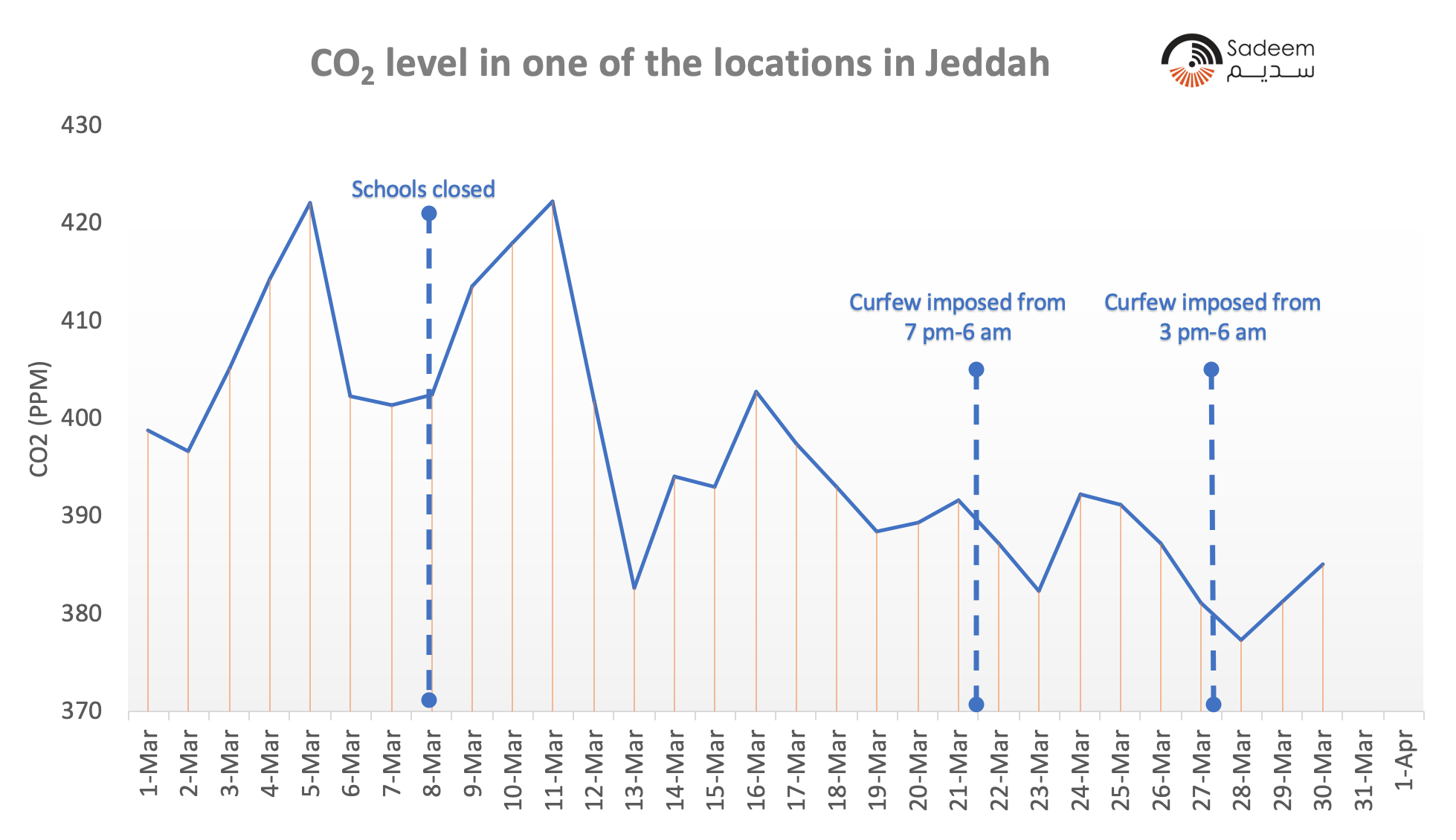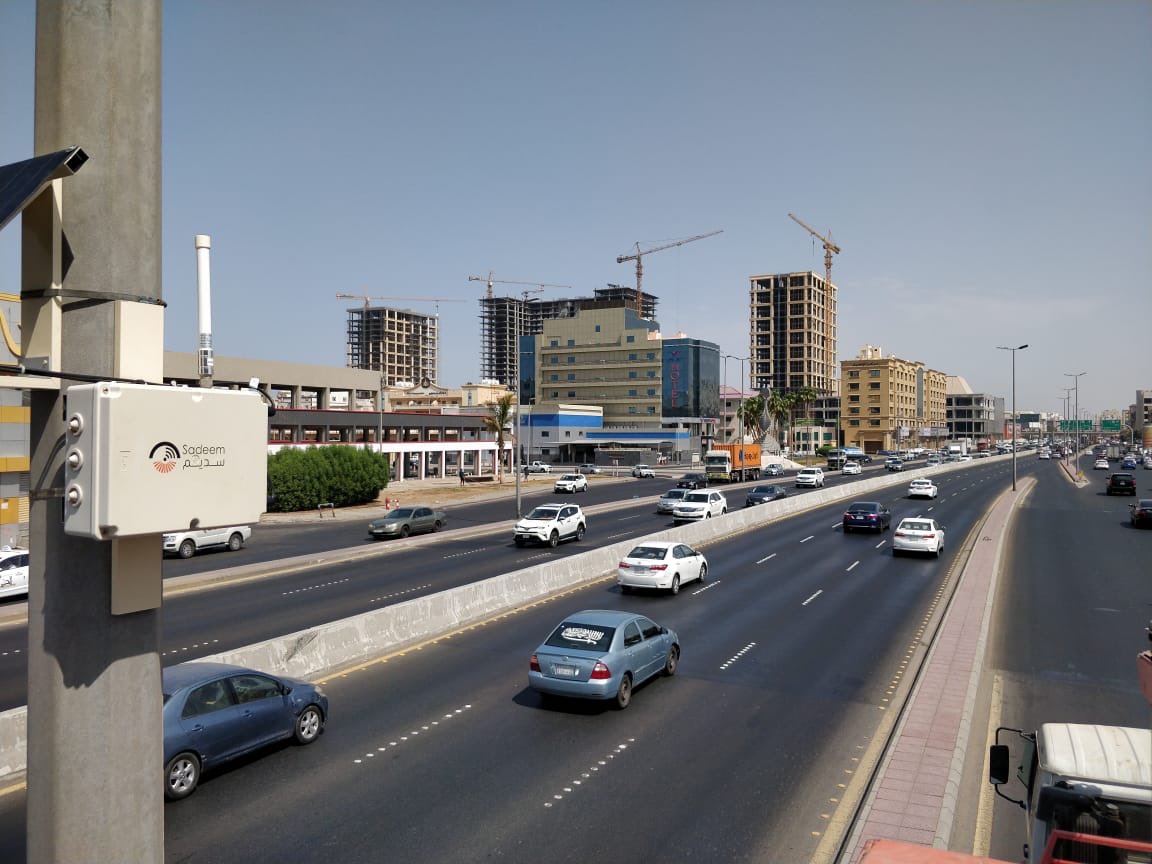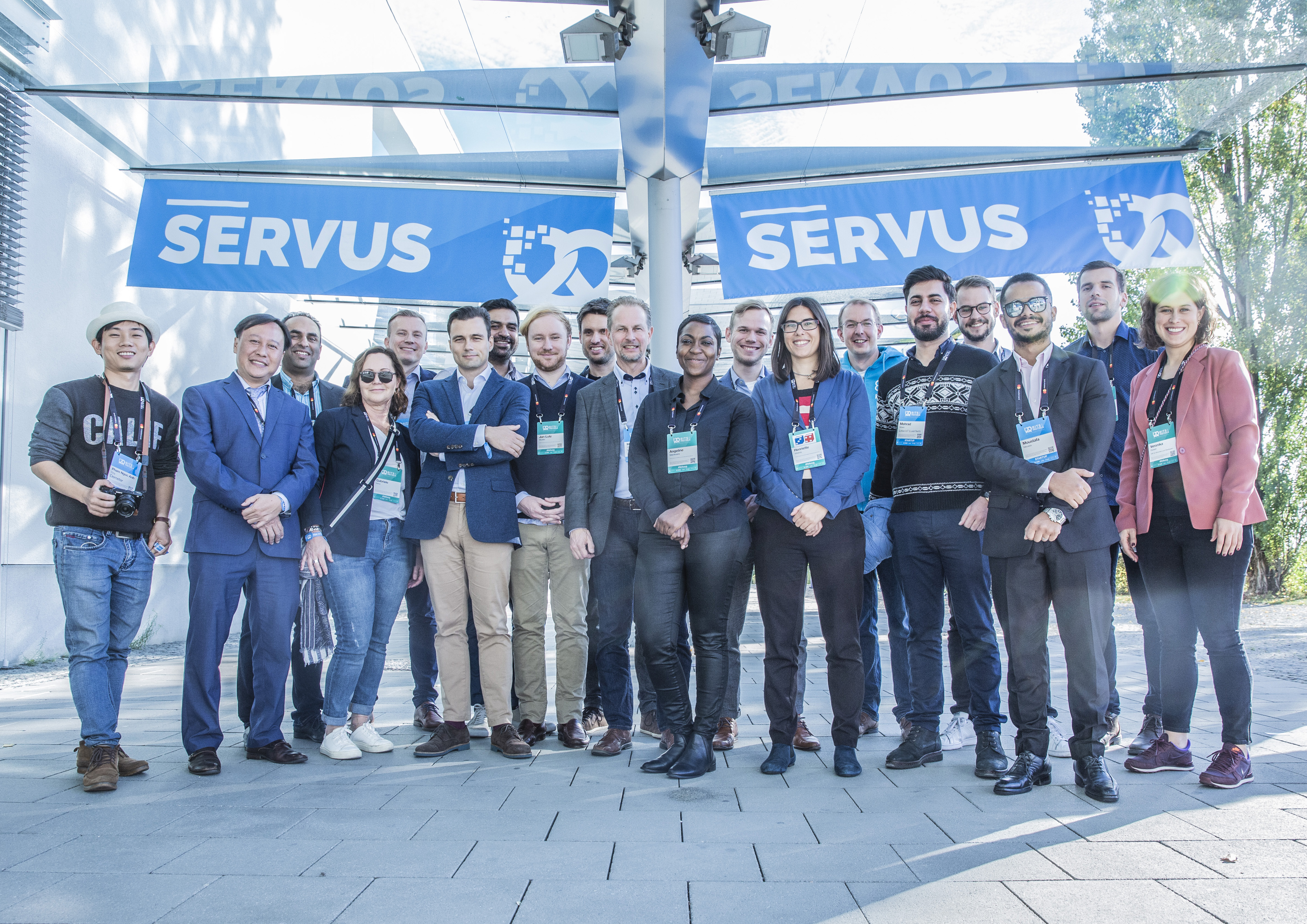On March 2nd 2020, Saudi Arabia announced the first case of COVID-19. Since then the number of cases have distressingly increased and surpassed 50,000, most of them are found in Riyadh and Makkah.
Schools have been closed, businesses disrupted, students and employees have both been required to carry our learning and working remotely from home. Restrictions on movement have been imposed by the Saudi authorities at different levels and stages. People are anxious and worried about this hidden disease. Some used humor and laughter through social media to alleviate the difficulty of the situation and help others and themselves to be calm and patient. But we all wonder how long will it last? When will this pandemic end? When will the “StayHome” phrase disappear from corporate logos and advertisements and TV screens? When will life return to normal and this nightmare be over? Or at least to the new normal!
Despite this difficult situation, we cannot deny the optimistic half-full perception of the glass. During coronavirus lockdown and self quarantine, the majority of people have realized the importance of staying at home to combat the spread of the virus. To adapt to this isolation, some people have discovered new interests and hobbies to stay positive and productive. Families have been spending more quality time together and have become more connected. Companies have come to the conclusion that digitalization is crucial and understanding that it is necessary to re-think business operations to survive the coronavirus crisis.
Not only has the quarantine changed every aspect of business and individuals’ lives and operations, but it has also resulted in improvements in air quality. After movement restrictions went into effect, Sadeem’s wireless sensing systems showed a noticeable drop in traffic and positive changes in air quality. (See figure 1 and 2) illustrating the decline in the hourly and daily vehicle count. The similar patterns to the following figures appear in data in various locations around Saudi Arabia where Sadeem’s sensors are deployed.
